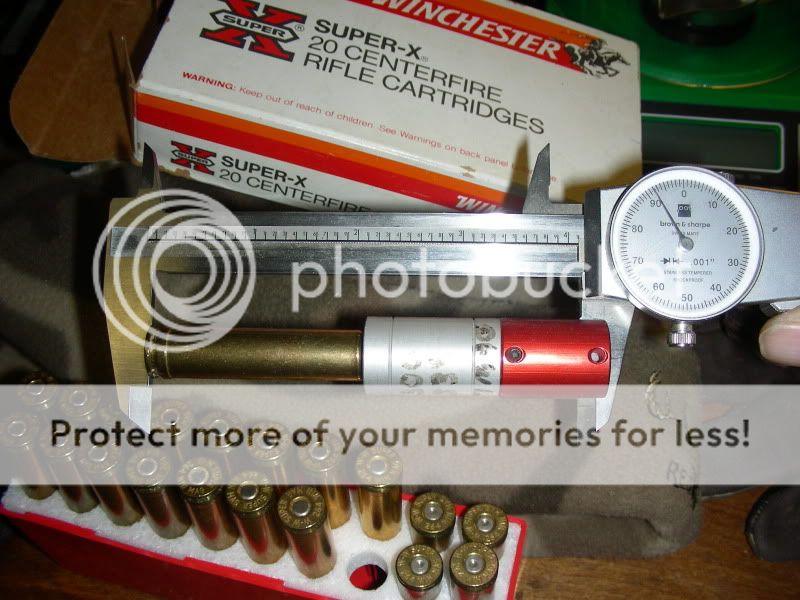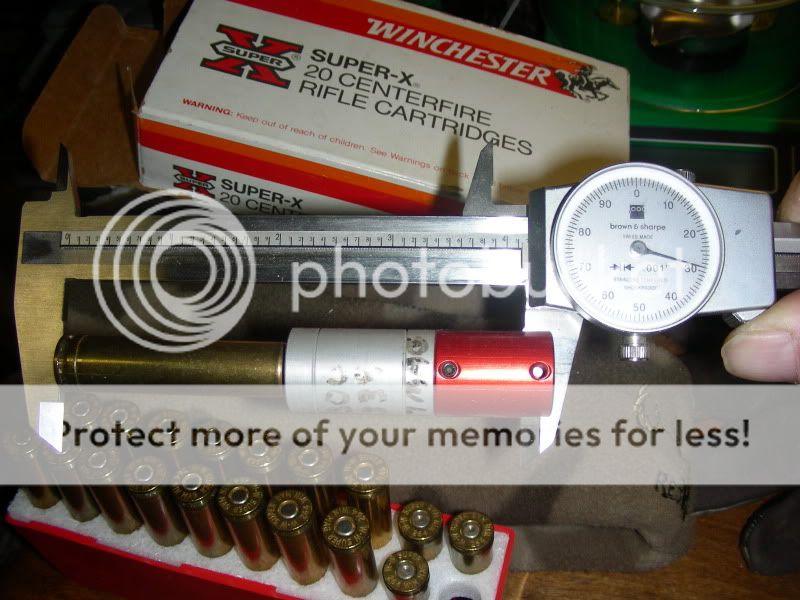Other than the intro section, this is my first post here. This may have been covered here, but I can't find it....and this may be better in the reloading section! And, if it has, a link or search word(s) would be appreciated.
QUESTION: In normal terms......would excessive headspace stretch the case wall nearer the case head or nearer the shoulder?
I'm one of those "need to know" kind of guys. Not a "know it all", but strive to know more and more about anything and everything (...well everything about shooting and ballistics, etc. for sure!). Unfortunately I don't have the means to discover the answer on my own.
It is my understanding, when pressure grows, the case is pressed up against the chamber walls, then to the shoulder, then to the case head and finally to the neck. If that were true, a chamber with a field grade headspace would stretch the case wall (closer to the case head), more than a chamber with a No-Go headspacing, considering both chambers were of equal size!
I understand this effect could be relative to the caliber, load, chamber, etc. My question is in reference in general terms, although I'm always open to being schooled on those determining factors which may or may not effect the results of any given rifle. And, regardless of my level of knowledge or ability, skills, I'm not offended if you want to get real basic with your contribution post.
Best Regards....Eagle Six
QUESTION: In normal terms......would excessive headspace stretch the case wall nearer the case head or nearer the shoulder?
I'm one of those "need to know" kind of guys. Not a "know it all", but strive to know more and more about anything and everything (...well everything about shooting and ballistics, etc. for sure!). Unfortunately I don't have the means to discover the answer on my own.
It is my understanding, when pressure grows, the case is pressed up against the chamber walls, then to the shoulder, then to the case head and finally to the neck. If that were true, a chamber with a field grade headspace would stretch the case wall (closer to the case head), more than a chamber with a No-Go headspacing, considering both chambers were of equal size!
I understand this effect could be relative to the caliber, load, chamber, etc. My question is in reference in general terms, although I'm always open to being schooled on those determining factors which may or may not effect the results of any given rifle. And, regardless of my level of knowledge or ability, skills, I'm not offended if you want to get real basic with your contribution post.
Best Regards....Eagle Six


